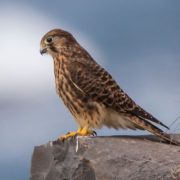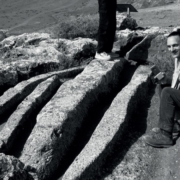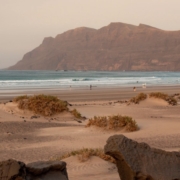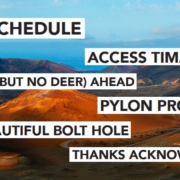The kestrel is the commonest falcon on Lanzarote, often seen hovering by roadsides or heard on rural hillsides.
The variety of kestrel found on Lanzarote is a subspecies, Falco tinnunculus dacotiae, which is smaller than other varieties. It has russet-coloured upper parts, dotted with black, and a long, black-tipped tail.
Dacotiae is unique among kestrel sub-species by choosing to nest in the crowns of palm trees, as well as in cracks of rocks on hillsides. If walking on a hillside, you find a rock that is spattered with bird droppings, you’ve probably located an old nesting zone or simply a kestrel’s favoured lookout perch.
It’s at this time of year, April to June, that the kestrels breed, meaning that care should be taken when walking in areas where they nest. You may hear the birds before you see them, as their call, a piercing ki-kiii, warns that you are invading their territory.
The kestrel is famous for its habit of hovering suspended in mid-air, riding wind currents as it searches for prey on the ground. In old England, the rapid pelvic thrusts the bird makes while hovering led it to be known as “Windf***er”.
In later, more sensitive times, this name was changed to Windhover, and became the title of one of the most ecstatic religious poems by the English poet Gerard Manley Hopkins, who compared the swooping of the kestrel to the redeeming power of Christ.
On Lanzarote, the prey that the kestrel is swooping for is most likely to be lizards, although they also hunt small mice and shrews, as well as crickets and other insects.
FALCON FAMILY
Other falcons that can be seen on Lanzarote include Eleanoras’s Falcon, a migratory species that breeds on the small islands of the Chinijo Archipelago, north of Lanzarote. This is why the miradores (viewpoints) on the Famara cliffs are one of the best places to catch a glimpse of them.
Then there is the Tagoro or Barbary Falcon, which was once believed to be a sub-species of peregrine falcon but is now regarded as a species in its own right.
The peregrine falcon itself – famous for being the fastest creature on earth, which can reach velocities of 320 kph (200 mph) while diving – is a migrant to the Canaries.
Finally, if you live near the airport, you may spot a peregrine, a Saker’s falcon or a Harris’s hawk. These, however, aren’t wild birds, but part of the falcon patrol that keeps the airport clear of gulls, pigeons and other birds that might interfere with flights.











Leave a Reply
Want to join the discussion?Feel free to contribute!